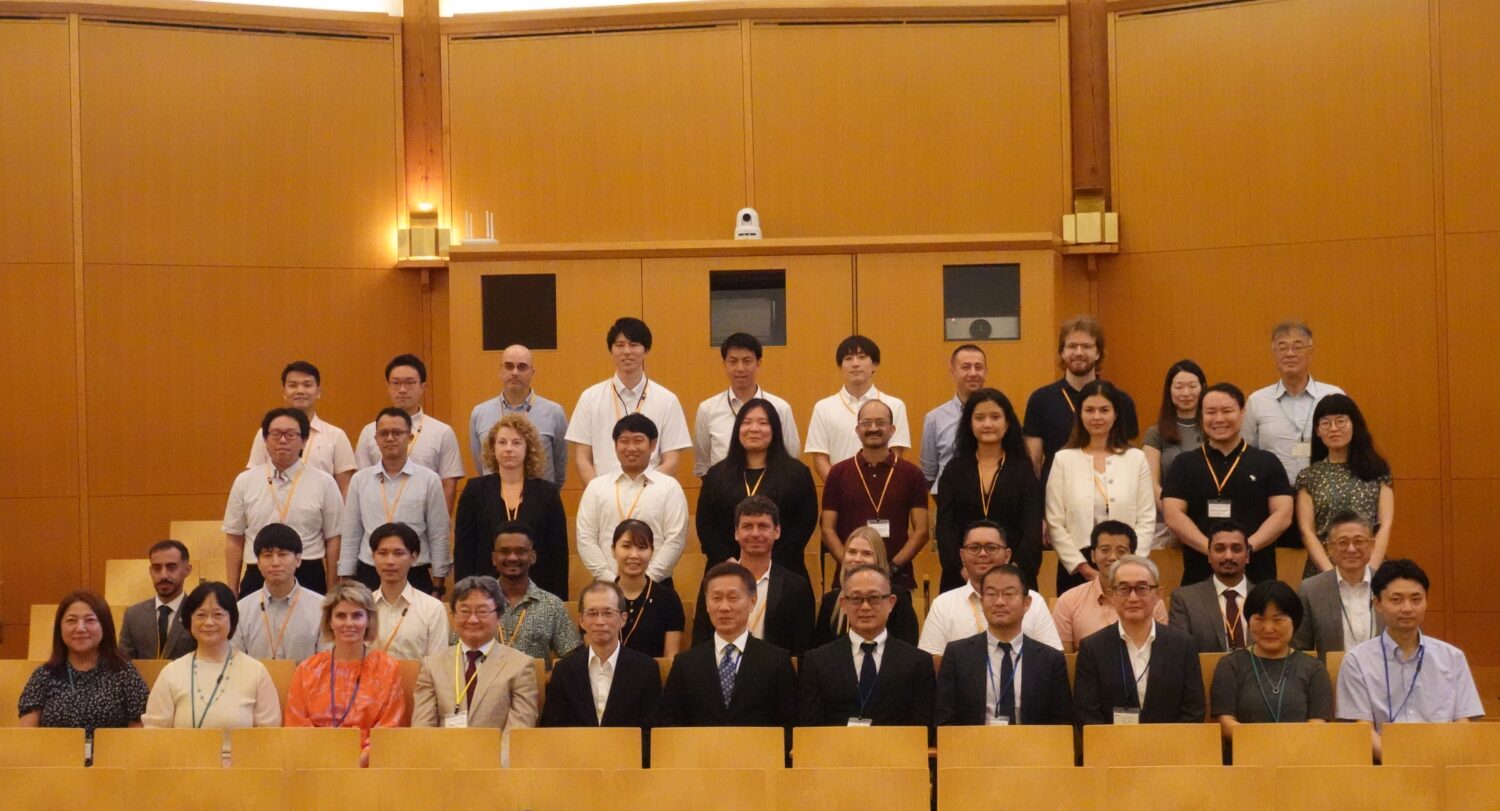Based on the experience of the March 2011 accident at the Fukushima Daiichi Nuclear Power Plants, as well as movements on related issues overseas, the committee has, since 2015, been looking at such matters as the overall basic framework and objectives of the compensation system, the division of roles between the private and public sectors, the responsibilities of both nuclear operators and the government, and optimum relief procedures.
The draft report integrating the results of previous committee discussions has deemed the current posture toward liability to be as appropriate “as it is.” Specifically, that comprises the approach to strict liability, the channeling of liability, and unlimited liability under the current Law on Compensation for Nuclear Damage—which states that the nuclear operator “shall be liable for compensation” in case of nuclear damage caused by the operation, etc. of a nuclear reactor.
Several times so far, the committee has debated whether the liability of nuclear operators should be limited or not. Some have pointed out that it would be advantageous for nuclear operators to know the upper limit of their compensation exposure, allowing them to efficiently secure the funds for such compensation.
However, others have pointed out that the public might have difficulty accepting a situation in which the compensation process might stagnate or be delayed, and that “obtaining the understanding of the public” would thus be difficult in current circumstances.
In addition to that, previous discussions have raised the possibility of falling investments in the area of safety improvement. In regard to that, Satoshi Onoda, managing director of the Federation of Electric Power Companies (FEPC) and present at the latest meeting as an observer, referred to operators’ efforts to enhance nuclear safety through cooperation with external organizations. He stressed that the position of nuclear operators toward ensuring safety was “unwavering,” and asked the committee to “continue to address limited liability according to future changes in the situation.”
An interim report released by the committee in August 2016 mentioned that it would consider increasing the amount of the government’s portion of compensation for nuclear damage, currently limited to JPY120 billion (USD1.09 billion at USD1=JPY110) in total.
Since May 2017, the committee has twice discussed the securing of funds for compensation, presenting a draft of a new three-layer system under which a new framework would be added to the current insurance-based and mutual-aid-based schemes.
Under the former scheme, operators conclude indemnity agreements with the government and nuclear damage compensation liability insurance agreements with private-sector insurance firms. Under the latter, financial support is extended by the Nuclear Damage Compensation and Decommissioning Facilitation Corporation (NDF). The latest draft report describes the effectiveness of both schemes.
As for the new framework for securing funds, the committee will continue its work in light of three considerations: the need to effect compensation to victims promptly and fairly, the need to minimize the national burden, and the need for nuclear operators to be able to foresee things.
Moving forward, the committee will formulate its final report in the course of holding meetings, taking into account its members’ opinions on the draft as well as consultations with the Ministry of Education, Culture, Sports, Science and Technology (MEXT) and other relevant parties.










